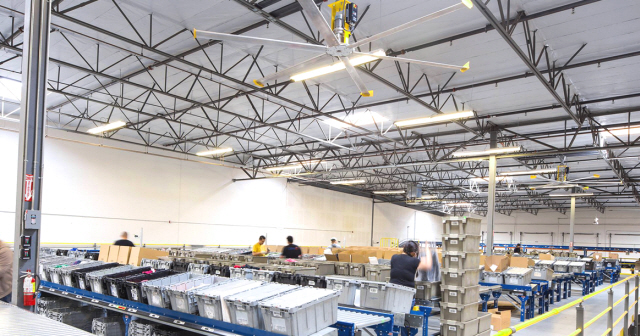
Manufacturer of custom built heat exchanger coils, shels, and steam unit heaters to solve Canadian companies' heating and cooling problems and requirements .
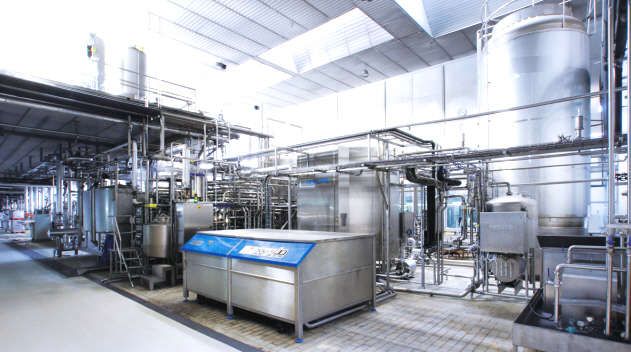
Industrial Heat Exchanger Shell, Coil & Tube
Manufacturer of stainless steel, aluminum, or copper heat exhanger coils for a factory steam unit heater, roof/ceiling cooler, vaporizer, and storage building condenser. The best way to optimize the air flow and increase what is called the "heat transfer coefficient" is to use high quality metals (usually not made from recycled ones) during the manufacturing process.
Heavy machinery heat exchanger have a different function requiring propellent plates which contain corrugated hydrophilic aluminum fins and epoxy coated plates in order to transfer, cool, and evacuate the hot air quickly through a network tight and compact coils. The objective is to reduce the volume of the compartment required to manage the heat. Any portable heat exchanger must fit behind panels and be lightweight as well because that extra device must be carried at all times by the vehicle. A pressure valve unit must be attached too in order to make sure the pressure doesn't become dangerous (danger of explosion or sudden boiling air leaks) for the vehicle operator. Most advanced units will also rely on integrated fans that create turbulences for the air flow and the cooling fluids (to decrease the internal pressure).
The purpose of a recuperative heat exchanger is to offer a compact equipment that uses reverse osmosis water to obtain high thermal power without having to manage a huge volume of fluids. The first benefit is a brutal reduction of weight because each litre of water weighs 2 lbs (may represents tons of metric weight that the roof structure of your building won't have to support). The second benefit is a module that drains less energy. Third, it's more durable because there's less friction along the vital components (like the fragile thin plates). Most tubes have inner smoothing instead of inner grooving and are lubricated with hydrophilic coatings. And finally, a recuperative shell-tube exchange can deal with extreme temperatures ranging from -25ºC to +250ºC, allowing the use of extremely efficient cooling and heating fluids containing nitrogen polymers and others (VNQ, Neopreke, Viton, etc.).
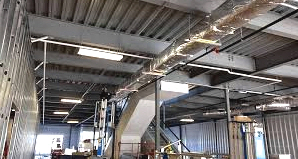
These days, Canadian companies belonging to differents industries (agroforesty, food, packaging, energy, etc.) are looking for heat exchanger that are usable under changing conditions and for heavy duty purposes. They want one fits all conditions pre-existing in their factory. Their goals are: 1) Saving space 2) Spending less money 3) Adding safety for their employees and infracstructures 4) Reducing maintenance costs 5) Getting replacement parts easily and quickly 6) Making sure to satisfying the authorities and inspectors with ecofriendly coolants and machines
How does an industrial heat exchanger work
The principle is to allow passage to two different fluids (or gases): heating fluid and coolant. Depending on the proportions used (and the fluid-type), the machine will heat or cool down the area. For example, a 50%-50% mix of a glycol/water solution and fluorocarbons (or PAO) may maintain heat transfer rate to a zero degree variation (for the surface volume area). But beyond the chosen fluids, what matters the most is the design of the exposed surfaces. It affects the cost, of course, but the efficency and how fast a factory heat exchanger will succeed to increase or decrease ther ambiant temperature. The most common designs are:
- Shell and tube heat exchangers : The most simple type. It has two different sets of tubes (the first bube is filled with coolant, the second with heating gases or liquids. The activation alone of one or both with force a modification of the ambiant conditions.
- Heated plates : A set of different plates with different densities and heating or cooling powers. If you turn all of them on, you obtain maximum heating capacity.
- Dynamic HE : Uses high viscosity of recycled by-products to heat or cool an area (or a heavy machinery part) through the process of internal evaporation (to heat) or crystallization (to literally freeze the tubes).
- Direct contact condensers : Very similar to commercial air conditioners, the circulation of R32 or R410A refrigerants (there are dozens used) in front of a forced convection module creates huge variations of temperature. If equipped with corrugated portholes (made of thin or copper) that automatically evacuates water (drops, bubbles, ice, evaporation...), the heat exchanger may generate thousands of kilo-watts of HVAC for extremely long periods of time. The internal combustion of very hot gases is controlled by a web of micro-channel or spiral coils (also called helical configurations) that help reducing energy consumption (diesel, coal, electricity) and the pressure in the pumps as well (so it's safer in case of a leak).
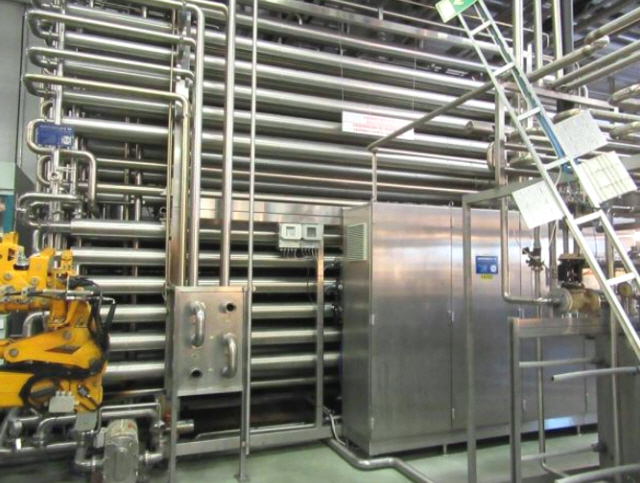
Heat exchanger coil repair - custom made alteration and replacement parts
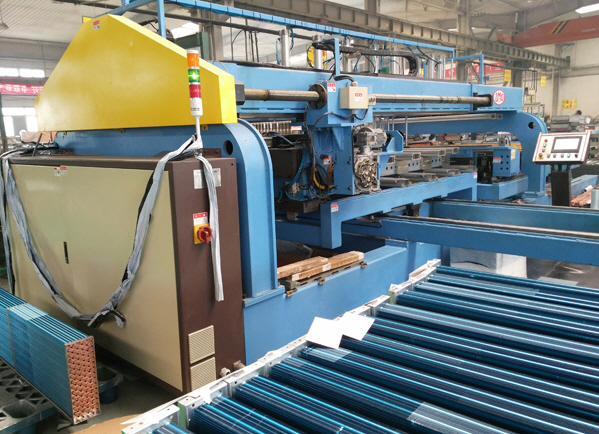
Shell-and-Tube Heat Transfer and Conservation Simulation
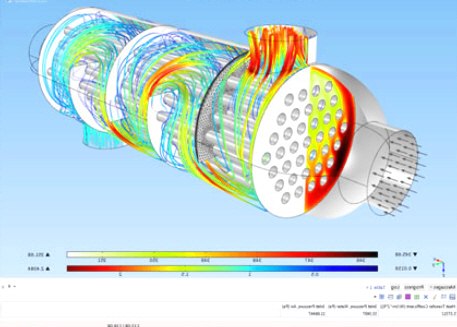
*Note
: All these listed websites were crawled by Web Data
Extractor (version 5.0) or were directly submited
by people through add url
form. |

